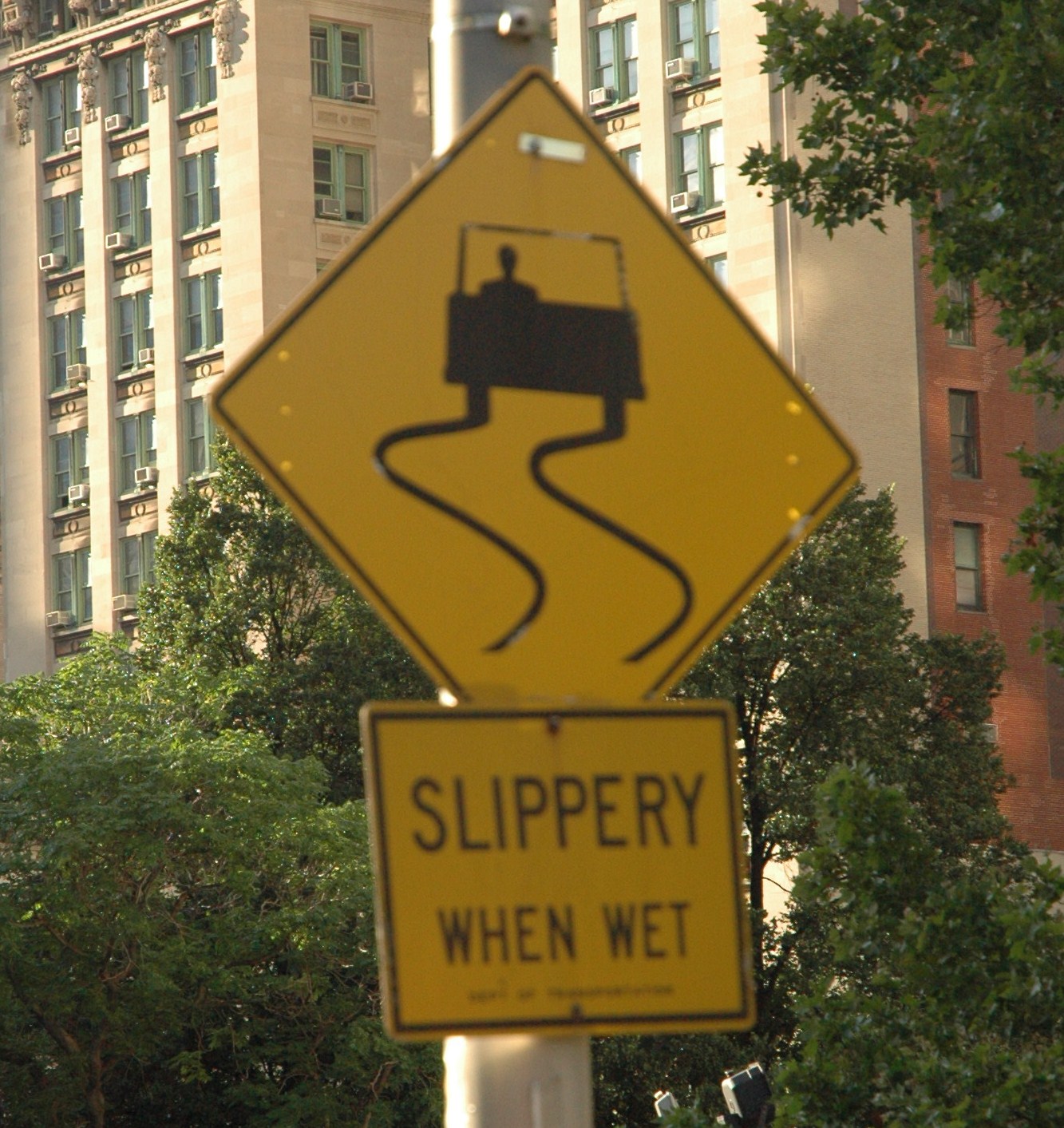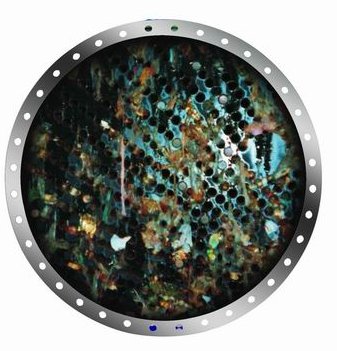|
Minié Ball
The Minié ball, or Minie ball, is a type of hollow-based bullet designed by Claude-Étienne Minié for muzzle-loaded, rifled muskets. Invented in 1846 shortly followed by the Minié rifle, the Minié ball came to prominence during the Crimean War and the American Civil War where it was found to inflict significantly more serious wounds than earlier round musket balls. Both the American Springfield Model 1861 and the British Pattern 1853 Enfield rifled muskets, the most common weapons found during the American Civil War, used the Minié ball. Rifling, the addition of spiral grooves inside a gun barrel, imparts a stabilizing spin to a projectile for better external ballistics, greatly increasing the effective range and accuracy of the gun. Before the introduction of the Minié ball, which themselves needed greasing, balls had to be rammed down the barrel, sometimes with a mallet, because gunpowder residue would foul a rifled bore after a relatively small number of shots, ... [...More Info...] [...Related Items...] OR: [Wikipedia] [Google] [Baidu] |
Round Shot
A round shot (also called solid shot or simply ball) is a solid spherical projectile without explosive charge, launched from a gun. Its diameter is slightly less than the bore of the barrel from which it is shot. A round shot fired from a large-caliber gun is also called a cannonball. The cast iron cannonball was introduced by French artillery engineers after 1450; it had the capacity to reduce traditional English castle wall fortifications to rubble. French armories would cast a tubular cannon body in a single piece, and cannonballs took the shape of a sphere initially made from stone material. Advances in gunpowder manufacturing soon led the replacement of stone cannonballs with cast iron ones. Round shot was made in early times from dressed stone, referred to as gunstone (Middle English: ''gunneston''), but by the 17th century, from iron. It was used as the most accurate projectile that could be fired by a smoothbore cannon, used to batter the wooden hulls of oppos ... [...More Info...] [...Related Items...] OR: [Wikipedia] [Google] [Baidu] |
Cannelure
A cannelure is a groove or channel around ammunition, either bullets or cartridge cases. The cannelure may be pressed into or cast with the bullet or case. Function In the Minié ball the purpose of the cannelure is to hold a lubricant. Cannelures for this purpose are commonly called "grease grooves" or "lubrication (lube) grooves" or just "grooves" by bullet casters (see the glossary of firearms technical terminology maintained by SAAMI). The lubricant reduces metal fouling by lead that is rubbed off the projectile and onto the bore by friction. It also reduces the rate of bore fouling by black powder residue. In modern bullets, such as the 7.62 illustrated here, the cannelure is pressed into the circumference of the bullet to provide a strong purchase for the mouth of the cartridge case when it is crimped onto that cannelure. This is done to prevent the bullet from moving either forward or backward in the case. While bullet setback can be a problem with any self-loading gu ... [...More Info...] [...Related Items...] OR: [Wikipedia] [Google] [Baidu] |
Grease (lubricant)
Grease is a solid or semisolid lubricant formed as a dispersion of thickening agents in a liquid lubricant. Grease generally consists of a soap emulsified with mineral or vegetable oil. A common feature of greases is that they possess high initial viscosities, which upon the application of shear, drop to give the effect of an oil-lubricated bearing of approximately the same viscosity as the base oil used in the grease. This change in viscosity is called shear thinning. Grease is sometimes used to describe lubricating materials that are simply soft solids or high viscosity liquids, but these materials do not exhibit the shear-thinning properties characteristic of the classical grease. For example, petroleum jellies such as Vaseline are not generally classified as greases. Greases are applied to mechanisms that can be lubricated only infrequently and where a lubricating oil would not stay in position. They also act as sealants to prevent the ingress of water and incompressible ma ... [...More Info...] [...Related Items...] OR: [Wikipedia] [Google] [Baidu] |
Obturation
Obturation is the necessary barrel blockage or fit in a firearm or airgun created by a deformed soft projectile. A bullet or pellet made of soft material and often with a concave base will flare under the heat and pressure of firing, filling the bore and engaging the barrel's rifling. The mechanism by which an undersized soft-metal projectile enlarges to fill the barrel is, for hollow-base bullets, expansion from gas pressure within the base cavity and, for solid-base bullets, "upsetting"—the combined shortening and thickening that occurs when a malleable metal object is struck forcibly at one end. Obturation is achieved in shotgun shells (which have multiple pellets much smaller than the barrel bore) by placing a plastic wad or biodegradable card of the same diameter as the barrel between the propellant powder and the pellets. In a cartridge - such as a bullet or cased artillery shell - "obturation" is initiated by the action of a soft metallic cartridge case being pressed ... [...More Info...] [...Related Items...] OR: [Wikipedia] [Google] [Baidu] |
Long Gun
A long gun is a category of firearms with long Gun barrel, barrels. In small arms, a ''long gun'' or longarm is generally designed to be held by both hands and braced against the shoulder, in contrast to a handgun, which can be fired being held with a single hand. In the context of cannons and weapon mount, mounted firearms, an artillery ''long gun'' would be contrasted with a field gun or howitzer. Small arms The actual length of the barrels of a long gun is subject to various laws in many jurisdictions, mainly concerning minimum length, sometimes as measured in a specific position or configuration. The National Firearms Act in the United States sets a minimum length of for rifle barrels and for shotgun barrels. Canada sets a minimum of for either. In addition, Canada sets a minimum fireable length for long guns with detachable or folding Stock (firearms), stocks . In the United States, the minimum length for long guns with detachable or folding stocks is with the stock in t ... [...More Info...] [...Related Items...] OR: [Wikipedia] [Google] [Baidu] |
Slide (motion)
Sliding is a type of motion between two surfaces in contact. This can be contrasted to ''rolling'' motion. Both types of motion may occur in bearings. The relative motion or tendency toward such motion between two surfaces is resisted by friction. This means that the force of friction always acts on an object in the direction opposite to its velocity (relative to the surface it's sliding on). Friction may damage or "wear" the surfaces in contact. However, wear can be reduced by lubrication. The science and technology of friction, lubrication, and wear is known as ''tribology''. Sliding may occur between two objects of arbitrary shape, whereas rolling friction is the frictional force associated with the rotational movement of a somewhat disclike or other circular object along a surface. Generally, the frictional force of rolling friction is less than that associated with sliding kinetic friction. Typical values for the coefficient of rolling friction are less than that of slid ... [...More Info...] [...Related Items...] OR: [Wikipedia] [Google] [Baidu] |
The Civil War Era
''The'' is a grammatical article in English, denoting nouns that are already or about to be mentioned, under discussion, implied or otherwise presumed familiar to listeners, readers, or speakers. It is the definite article in English. ''The'' is the most frequently used word in the English language; studies and analyses of texts have found it to account for seven percent of all printed English-language words. It is derived from gendered articles in Old English which combined in Middle English and now has a single form used with nouns of any gender. The word can be used with both singular and plural nouns, and with a noun that starts with any letter. This is different from many other languages, which have different forms of the definite article for different genders or numbers. Pronunciation In most dialects, "the" is pronounced as (with the voiced dental fricative followed by a schwa) when followed by a consonant sound, and as (homophone of the archaic pronoun ''thee' ... [...More Info...] [...Related Items...] OR: [Wikipedia] [Google] [Baidu] |
James M
James may refer to: People * James (given name) * James (surname) * James (musician), aka Faruq Mahfuz Anam James, (born 1964), Bollywood musician * James, brother of Jesus * King James (other), various kings named James * Prince James (other) * Saint James (other) Places Canada * James Bay, a large body of water * James, Ontario United Kingdom * James College, a college of the University of York United States * James, Georgia, an unincorporated community * James, Iowa, an unincorporated community * James City, North Carolina * James City County, Virginia ** James City (Virginia Company) ** James City Shire * James City, Pennsylvania * St. James City, Florida Film and television * ''James'' (2005 film), a Bollywood film * ''James'' (2008 film), an Irish short film * ''James'' (2022 film), an Indian Kannada-language film * "James", a television episode of ''Adventure Time'' Music * James (band), a band from Manchester ** ''James'', ... [...More Info...] [...Related Items...] OR: [Wikipedia] [Google] [Baidu] |
Firearm Maintenance
Firearm maintenance (or gun care for short) is a series of routine preventive maintenance procedures aiming to ensure the proper Firearm malfunction, function of a firearm, often with the use of a variety of specialized tools and chemical solutions. Typically such maintenance is performed by the firearm owner using either simple methods such as cleaning the firearm with oil or other cleaning solutions or more sophisticated practices such as lubricating moving parts with oil/grease and recoating exposed surfaces with protective surface finishing, finishes such as varnishing or bluing (steel), bluing. When a firearm is presented with physical damage related to the ordinary use of the firearm, or when a firearm malfunctions in a life-threatening manner, a professional gunsmith should perform advanced maintenance to determine if the firearm is repairable and or safe to shoot anymore. Necessity An inadequately maintained firearm will often accumulate excessive fouling and dirt wi ... [...More Info...] [...Related Items...] OR: [Wikipedia] [Google] [Baidu] |
Fouling
Fouling is the accumulation of unwanted material on solid surfaces. The fouling materials can consist of either living organisms (biofouling, organic) or a non-living substance (inorganic). Fouling is usually distinguished from other surface-growth phenomena in that it occurs on a surface of a component, system, or plant performing a defined and useful function and that the fouling process impedes or interferes with this function. Other terms used in the literature to describe fouling include deposit formation, encrustation, crudding, deposition, scaling, scale formation, slagging, and sludge formation. The last six terms have a more narrow meaning than fouling within the scope of the fouling science and technology, and they also have meanings outside of this scope; therefore, they should be used with caution. Fouling phenomena are common and diverse, ranging from fouling of ship hulls, natural surfaces in the marine environment (fouling community, marine fouling), fouling ... [...More Info...] [...Related Items...] OR: [Wikipedia] [Google] [Baidu] |



